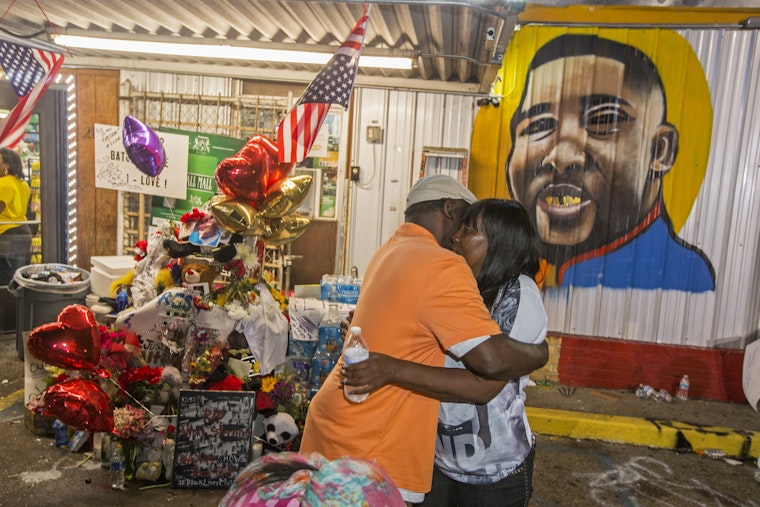Documenting Racial Disparities in Police Use of Force
By Phillip Atiba Goff

While the wounds were still raw from the killings of Philando Castile and Alton Sterling by police officers, the nation watched in horror as guns were then turned on law enforcement officers in Dallas. When the smoke cleared, five officers were dead, six injured, and the rest of us left to make sense of an emotionally and spiritually exhausting week that taxed America’s capacity for hope.
Perhaps fortuitously, in the shadow of these tragedies, the Center for Policing Equity assembled a group of the nation’s top law enforcement executives, researchers, civil rights advocates, and community groups to discuss accountability, transparency, data collection, and how we might work together to prevent the very tragedies that just transpired.
The meeting, our biennial Science of Justice convening, was held at the U. S. Department of Justice, and this year coincided with us releasing two major reports from the National Justice Database (NJD), completed in collaboration with the Urban Institute and supported in part by the Open Society Foundations.
The first report, The Science of Justice: City Report, provides data analysis and recommendations based on the stop, force, policy, and climate survey data furnished by multiple departments around the country, summarizes indicators and potential causes of racial disparities, and compares a sample city’s department to others participating in the NJD. The second report, a comparative study entitled The Science of Justice: Race, Arrests, and Police Use of Force, examines use of force across 12 departments participating in the NJD, benchmarking on arrest rates in order to provide a conservative test of racial bias in police use of force.
The first report combines analyses from multiple departments to provide an example of the most comprehensive single city report possible. It examines racial disparities in stops and use of force, and the independent contributions of officer-level biases, department climate and policies, neighborhood demographics, and crime rates to those disparities.
The second, comparative report found that racial disparities in police use of force persist even when accounting for differences in arrest rates, which is a conservative benchmark. Analyzing thousands of use of force incidents, the study reflected that, for the departments studied, the commonly held theory that crime is the primary driver of racial disparities is not supported. In addition, the study found that Taser usage represented a large percentage of departments’ reported use of force.
These reports mark significant progress towards understanding and promoting equitable policing. Racial disparities are pervasive throughout social institutions in the United States and have vexed law enforcement agencies and the communities they serve since the inception of organized policing in this country. Our convening and the National Justice Database aim to provide a deeper understanding of how law enforcement agencies can become a leading force in advancing the democratic principles of justice and fairness, and a thoughtful platform for open dialogue on how we can do so collectively.
The Center for Policing Equity’s National Justice Database is the nation’s first database tracking national statistics on police behavior, including stops and use of force, and will standardize data collection across many of the country’s police departments. Led by myself and my three colleagues—Amanda Geller, Jack Glaser, and Steven Raphael—more than 40 national police departments and law enforcement agencies have signed on to participate so far. These law enforcement agencies include more than half of all major cities, and service more than 25 percent of the nation’s population in an effort to formalize this nation's long-term strategy to change the face of policing in this country.
Right now, public attention is focused—quite reasonably—on the families, officers, and agencies involved in these tragedies. Entire communities are grieving and angry and trying to make sense of what feels like a never-ending cycle of loss of black lives at the hands of law enforcement. But as we struggle to make sense of this all, we must also take a long, hard look at this nation’s systemic root problem with race and attend to the many complex and unanswered questions about its intersections with law enforcement.
The Center for Policing Equity is a grantee of the Open Society Foundations.
Phillip Atiba Goff is cofounder and president of the Center for Policing Equity.

